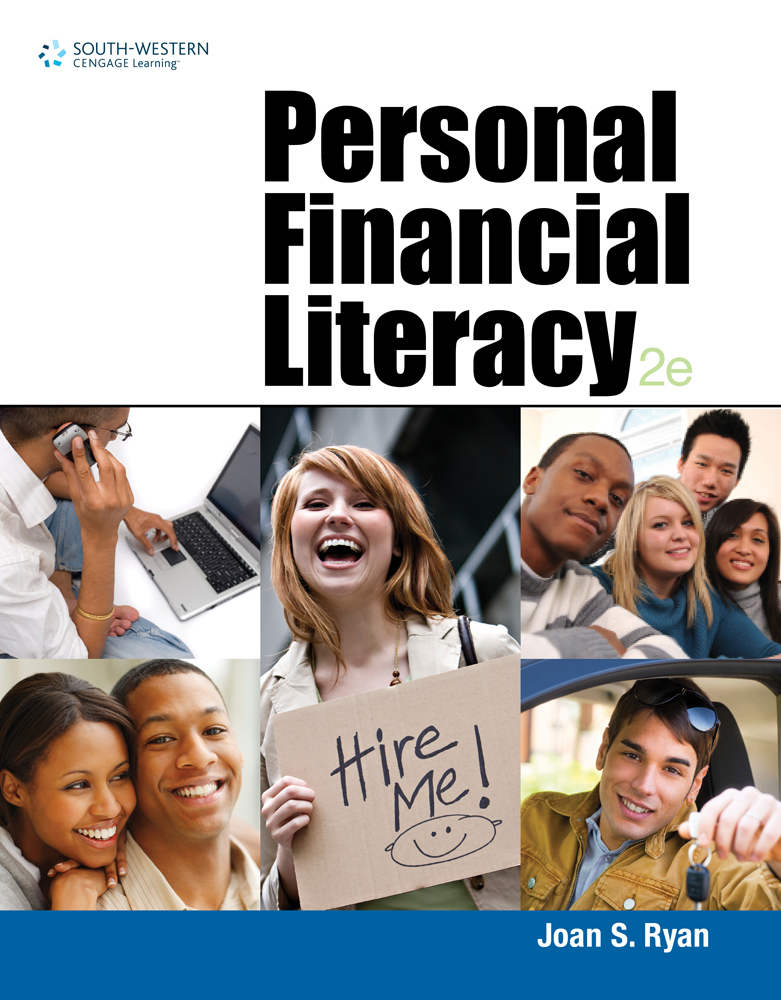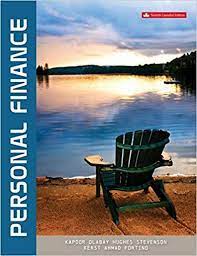Description
Test Bank for Personal Financial Literacy 2nd Edition By Joan Ryan
Personal Financial Literacy, 2e
Chapter 3 Test 1
TRUE/FALSE
Indicate whether the statement is true or false by writing T for True or F for False on the answer sheet.
1.Changing prices affect the spending power of both producers and consumers.
2.Businesses base price decisions, in part, on the spending patterns of consumers.
3.Reflation occurs when prices are rising at a slow rate.
4.As inflation rises, the true buying power of each dollar falls; this means an individual’s standard of living will drop.
5.Cost-push inflation occurs when cost increases are not offset with higher productivity that lowers the cost of each unit made.
6.The U.S. government measures inflation using tools such as the Consumer Price Index.
7.Monetary policy refers to actions by the federal government in setting wage rates.
- 8. In a market economy, if a price is set too low, consumers may think the product has a low value and not buy it.
- 9. Value-based pricing involves setting prices for products based on the competitors’ prices.
10. Emotional and impulse buying often lead to buyer’s remorse, meaning you later realize you made a poor choice.
11.Economizing and optimizing are consumer buying strategies that people use at different times.
12.Taking the time to research purchases does not lead to better buying decisions.
13.Advertising is a method used by businesses to create demand for products.
14.The Internet is not a good place to reach a large audience when selling products.
15.Door-to-door sales are a form of indirect advertising used to grab consumers’ attention.
16.Preparing a shopping list will help consumers avoid impulse buying.
- 17.Consumers are allowed to copy the contents of a CD to a portable or other device for personal purposes.
- 18.The FDA approves drugs before they can be sold to the public.
- 19.Generic drugs are similar to brand-name drugs, but they are often less effective.
- 20.Liquidation prices are always lower than sale prices.
MULTIPLE CHOICE
Write the letter of the choice that best completes the statement or answers the question on the answer sheet.
21.The Federal Reserve System
a. is known as the Fed
b. is the central bank in the United States
c. was created by Congress
d. all of the above
22.Which type of inflation occurs when prices are high, then drop due to decreased demand, and then are restored to a previous high level?
a. disinflation
b. hyperinflation
c. inflation
d. reflation
23.Retail websites
a. typically provide full descriptions of products, including pictures
b. allow buyers to shop online during limited, set hours
c. may use cookies to track the web pages that a user visits
d. both a and c
24.As general price levels rise, the value of money
a. falls
b. rises
c. stays the same
d. is not affected
25.As resources become scarce or more difficult to get, prices rise in the form of
a. demand-pull inflation
b. cost-push inflation
c. real-cost inflation
d. all of the above
26.The rate that banks charge their most creditworthy business customers is called the
a. discount rate
b. prime rate
c. federal funds rate
d. reserve rate
27.The cost of making and delivering Product A is $50.00. The company marks up this amount by 40 percent to set the price. What is the price of the product?
a. $70.00
b. $75.25
c. $90.00
d. $62.35
28.The method of setting a price so that it will be competitive with similar products currently being sold is called
a. cost-plus pricing
b. value-based pricing
c. market-based pricing
d. all of the above
29.The buying strategy by which consumers save as much as possible and spend only when necessary is called
a. optimizing
b. economizing
c. stockpiling
d. hoarding
30.Consumers should be careful not to let optimizing lead to
a. excessive saving
b. good buying habits
c. stocking too few of needed items
d. overspending
31.Which selling strategy is illustrated by having a store location that is easy for customers to visit?
a. customer service
b. convenience
c. meeting specific product needs
d. all of the above
32.An example of a product that meets emotional rather than basic needs is
a. food
b. makeup
c. clothing
d. electricity
33.Which form of Internet advertising is used to grab the reader’s attention while the reader is visiting a website?
a. cookies
b. banner ads
c. spam
d. newsletters
34.Which of the following strategies is effective for consumers to use while they are shopping?
a. prepare a shopping list
b. decide how much you are going to spend
c. evaluate your purchase
d. stick to your shopping list
35.Which of the following government agencies enforces laws and prevents the selling of mislabeled foods, drugs, and cosmetics?
a. FDA
b. FTC
c. SEC
d. USDA
36.Which of the following acts protects your health and billing information by limiting access to it?
a. FERPA
b. Cooperative Extension
c. HIPPA
d. MACAP
37.Which of the following schemes involves advertising a basic service at a low price to lure in customers and then selling them additional repairs or services?
a. bait and switch
b. fake sale
c. low-balling
d. pyramid scheme
38.Which of the following guarantees the quality and performance of a product or service?
a. unit pricing
b. warranty
c. liquidation
d. target pricing
39.Which of the following types of inflation involves rapidly rising prices that cause consumers to spend their money as fast as they can to avoid even higher prices?
a. hyperinflation
b. reflation
c. disinflation
d. demand-pull inflation
40.When merchants place merchandise at key points to attract quick purchases, they are appealing to which of the following consumer buying motives?
a. rational buying
b. emotional buying
c. impulse buying
d. economizing





Be the first to review “Test Bank for Personal Financial Literacy 2nd Edition By Joan Ryan”